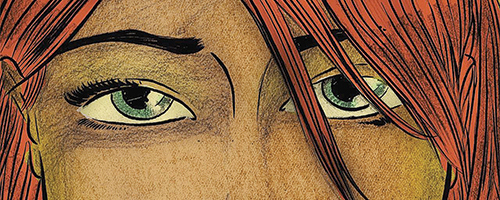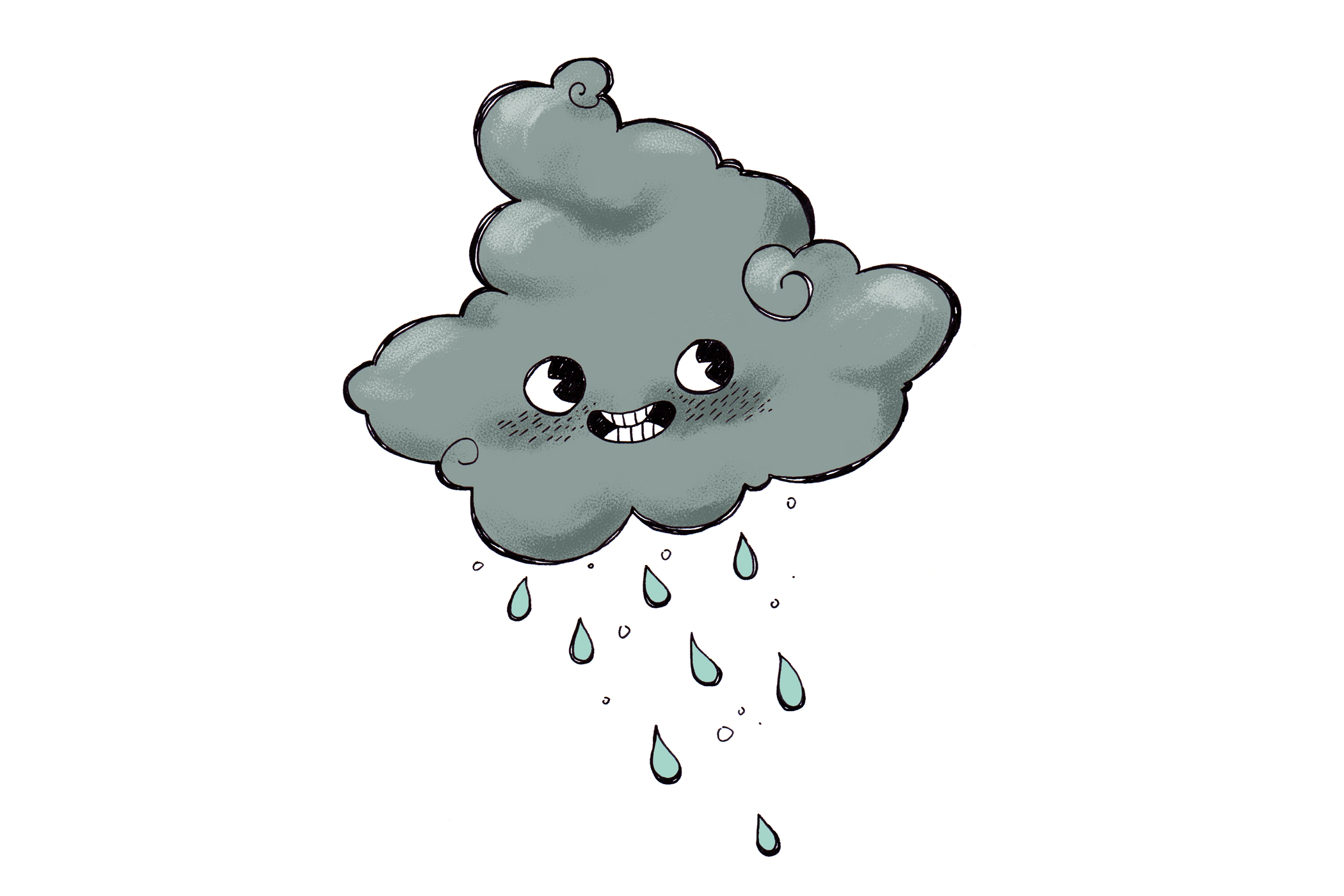Located in room 250 in the Smith building, PSU’s Littman Gallery is the temporary residence of a little slice of American western gothic. The “Horizon” exhibit, curated by Holly Andres, who earned her M.F.A. at PSU in 2004, captures a spirit of tension, decay and unease in the new west.
Stillness and decay in the old frontier
Located in room 250 in the Smith building, PSU’s Littman Gallery is the temporary residence of a little slice of American western gothic. The “Horizon” exhibit, curated by Holly Andres, who earned her M.F.A. at PSU in 2004, captures a spirit of tension, decay and unease in the new west.
Largely but not exclusively a photographic exhibit, “Horizon” chronicles the works of artists Alexis Pike, Jim Kazanjian, Wendy Red Star, Delaney Allen, Emilie-Rose Currin, Tyler Kohlhoff, James Newman and Chase Cribbins. While the artists come from locales as diverse as Texas, Montana, Portland and even an Indian reservation, they all capture within their work a unique sense of the American west.
“Horizon” seems to offer the landscapes of the American west as something out of context in their own environment, and images of decaying homes seem to suggest both the impermanence of the traditional family unit, as well as its persistence as an institutional ideal.
A three part photographic panel by Tyler Kohlhoff captures an odd collection of palm trees, dying and somehow out of place amidst the desert sands of southern California. A decade before his death, Stanley Ragsdale planted hundreds of palm trees along Interstate 10, which have fallen into disrepair since his 1999 passing. The images are at once iconic and haunting metaphors for the land that represents the end of the line for manifest destiny.
Jim Kazanjian’s black and white photographs capture houses imploded and rotting; structures that seem to have become a part of the earth, of root, rock and dust. They are like images torn from the dreams of Tom Waits, sad waltzes toward a future dustbowl.
While there is much in the works of “Horizon” to suggest the world of Cormac McCarthy, Chase Cribbins stages a remarkable photograph that invokes David Lynch, were he caught somewhere between “Blue Velvet” and “The Straight Story.” The photograph gives the impression of having caught a private moment, albeit a staged one, as a decidedly unspectacular middle class living room serves as the backdrop for a middle aged American man’s raking of leaves on a patch of fake grass. The fake grass, positioned in the middle of the living room, seems almost less out of place than the man, who looks to be more at home in the fields than a characterless television room. The man’s face tells a thousand stories, all of which his drab living room attempts to hide.
Other images fashion the illusion of extremely artificial landscapes from the most natural of settings, while others juxtapose images of the desert landscapes with the cafés and automobiles that run right to the brink of their borders. Everything that is natural and unnatural collide in images that highlight the grotesque icons of the American west, icons that saturate our existence.
The palette of western consciousness is painted in shades of impermanence in the “Horizon” exhibit. This collection of photographs captures a sense of the new American west that is more evocative of Venice than of “Tombstone.” There is no nostalgia to be found here and the irony is kept to a minimum, as these several Northwestern artists succeed in documenting the poetry of decay, the seductiveness of collapse: not of a region, but rather of an idea, a notion. This bleeding, dusty notion is not one that celebrates the American west in its prime, but rather revels in the bizarre dignity of its impotent demise.
“Horizon” celebrates not only the unique imagery the American west has to offer, but also some of the great young talents that it has produced. Holly Andres has curated an engaging and thoughtful meditation on the decay of the American west that brings together many of the brightest young talents of our region, several of whom have close ties to the arts programs at Portland State University. In “Horizon,” Andres reminds us of the impermanence of natural discovery through the vitality of artistic discovery. ?





